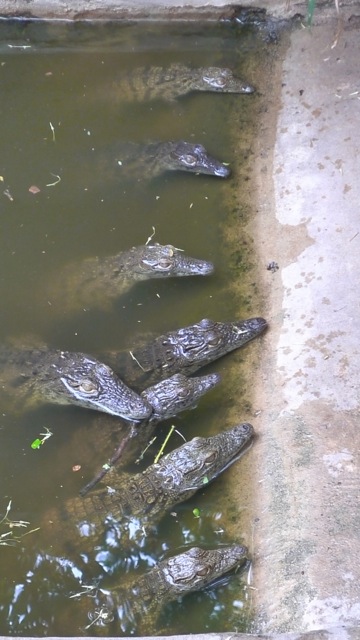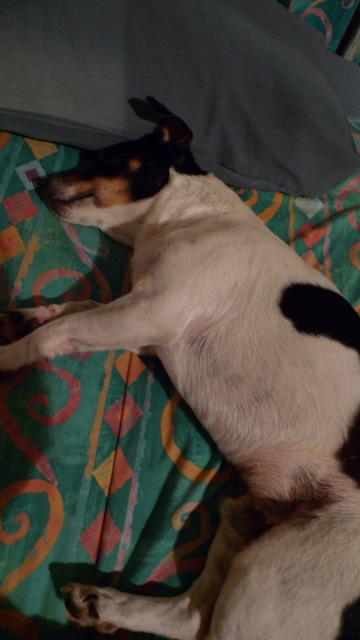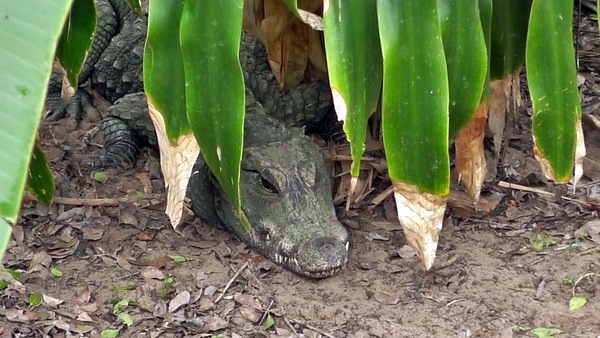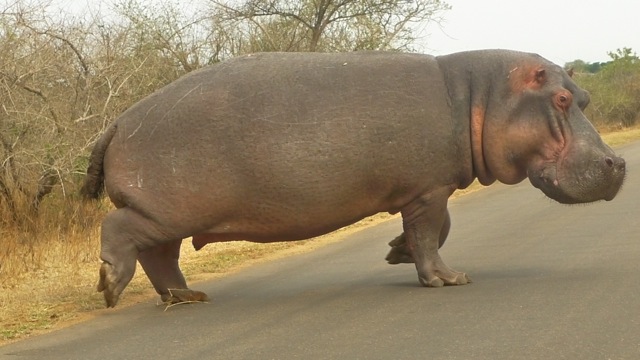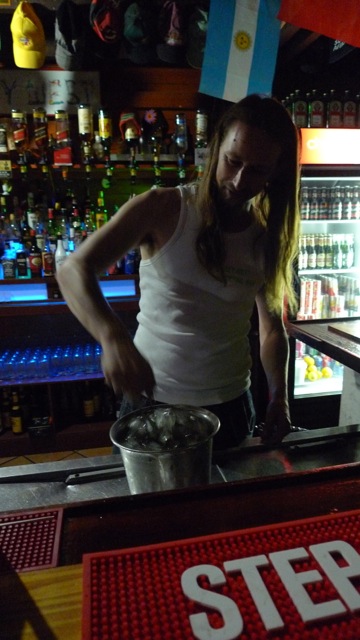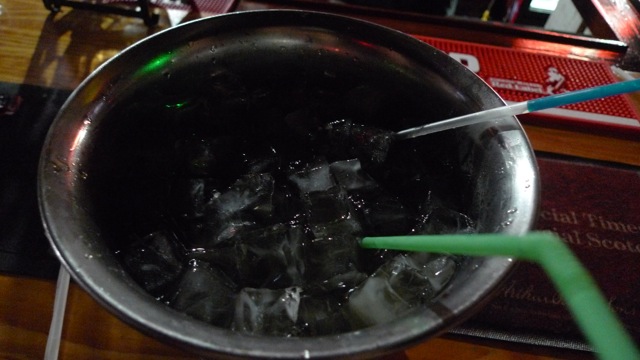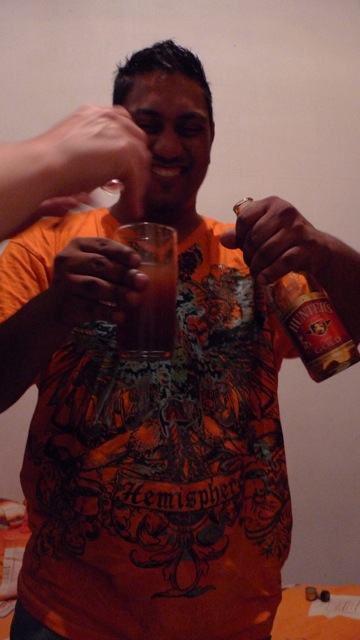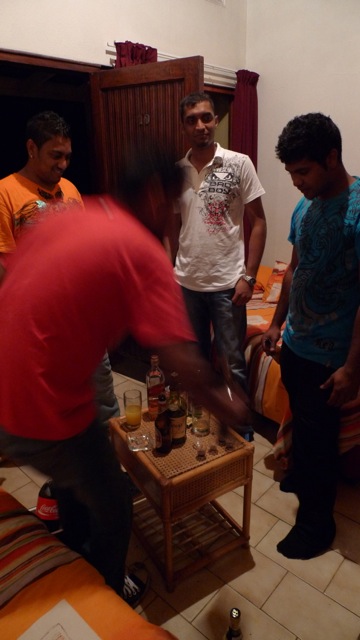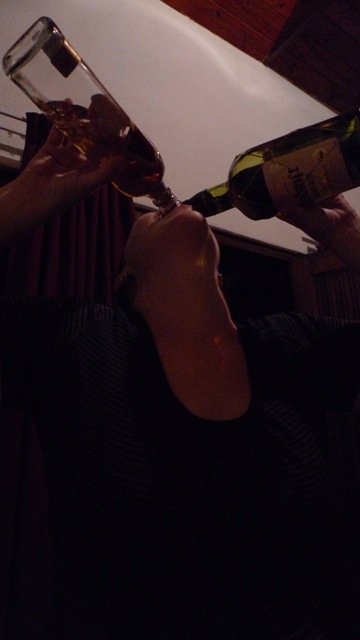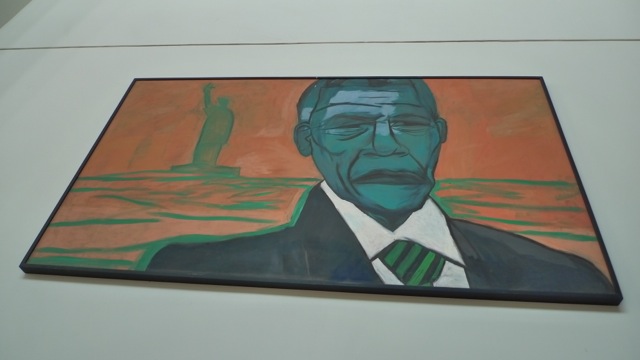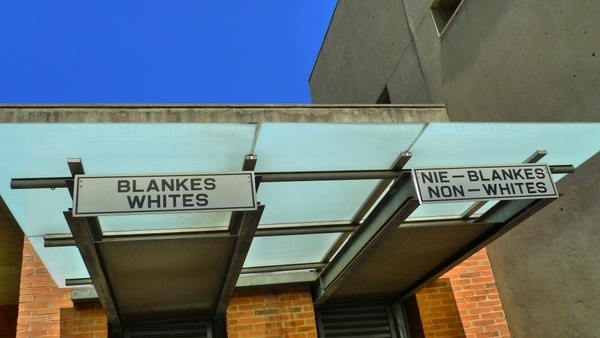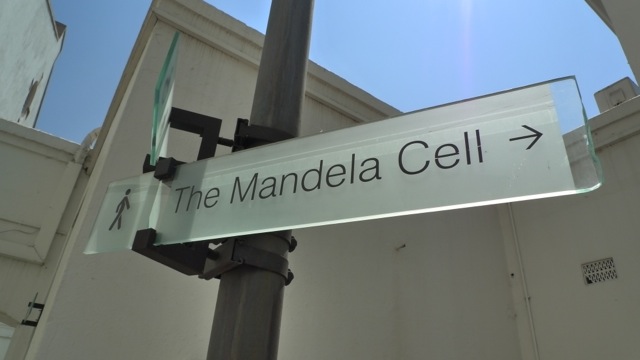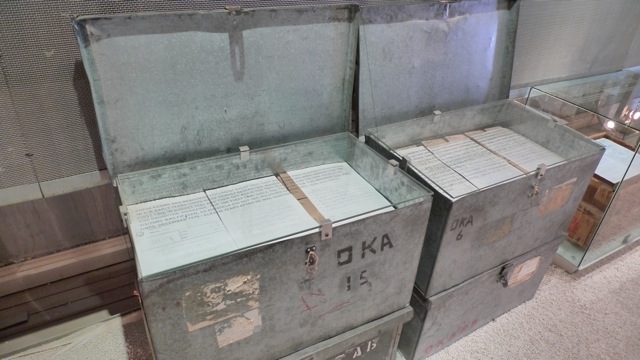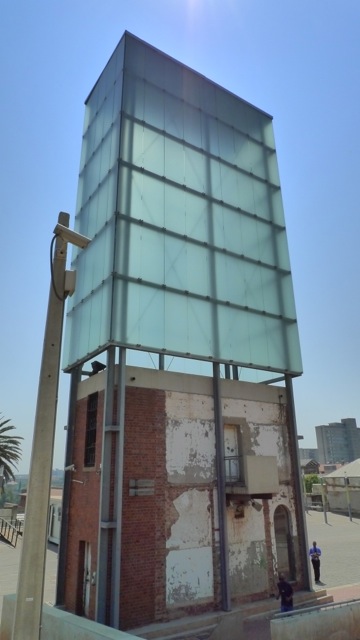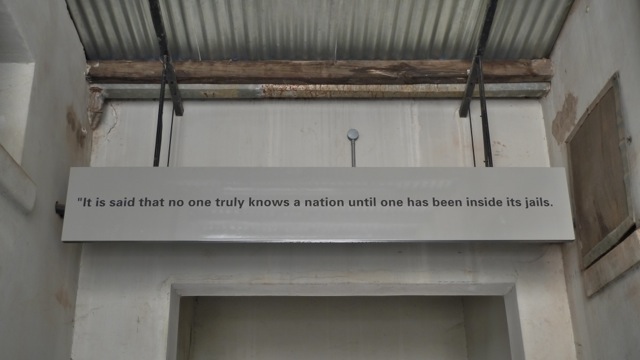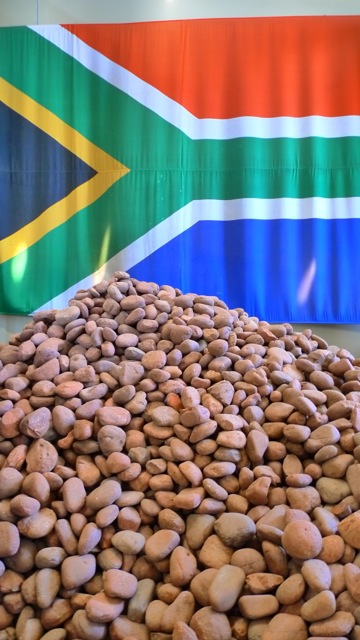Note: You can read Part 1 here. Or, to bring you up to speed: My friends and I are drunk in St. Lucia, South Africa. It’s 3 a.m., and we’ve just returned to our terrible, moldy hostel. The owner is possibly wearing a thong Speedo.
Think of all the lush, green places you’ve ever seen in your life. Chances are they didn’t include your mattress.
But a moss-encrusted bed is exactly what we got at the World’s Worst Hostel.
My three friends and I were sharing a quad room, and we all looked at our beds with dismay. There was no way any of us could sleep on those those boggy mattresses. A sheet wouldn’t provide enough of a barrier unless it was made of metal, and no amount of alcohol could dull the fetid stench. We’d have mushrooms growing on us by morning, if the foul odors didn’t kill us first.
We spread sheets out over the mattresses, then unrolled our sleeping bags on top of that, hoping rip-stop nylon would do the trick. Unfortunately, the air was wet and sticky, which made the inside of my sleeping bag soggy. It stuck to me as if it had been lined with gummy adhesive.
A few minutes in my sleeping bag felt as long as entire high school years. I kicked the stupid, hot fabric off my legs. I couldn’t do this. All the sugar from that bucket of alcohol still coursed through my veins. Even under the best circumstances, even if I had been stretched out on a rainbow bed made of unicorn fur, I was nowhere close to sleep.
I stepped into my flip-flops and padded down the hallway into the bar area, where people still congregated around the hostel owner. The owner’s dog, Nicholson, wandered in and out of the building, trying to avoid all the people who wanted to blow weed smoke in his face. Cloudy puddles of mysterious liquid spread across the floor.
“Looks like you’re ready to party,” the owner said and shoved a beer at me. I am not certain how I looked that night, but I guarantee Ready to Party was last on that list, far below Ready to Cry and Ready to Drool on Myself.
However, the threadbare bar couch was cleaner and more comfortable than my bed. I accepted the beer, hoping it would be enough to knock me out. I was in sleepytime drunk mode, while everyone else in the bar appeared to be in smashing-beer-cans-on-foreheads, start-a-fight drunk mode.
At that point, I’m pretty sure D decided to stay up and party with the owner and his crew, while my friends E and P were back in the room, trying to sleep. But I’m not positive. (See, alcohol has this weird effect on me in that it makes my memory fuzzy. It also makes me intoxicated.)
I know I finished the beer and began the trek back to swamplandia, aka my bed. But first I stopped at the bathroom to wash the night’s grime and sweat from my face. The water from the faucet was yellow. Tiny frogs jumped around my feet, and mosquitos swarmed my bare legs.
I hated this place.
I was lonely and uncomfortable. I was far away from my husband and my pets. I missed my bed. I missed falling asleep with my dog snuggled into the crook of my knees.
Dog! That’s what I needed. Just then Nicholson the Dog walked past the open door of the bathroom. He was the approximate size and shape of my own dog. If I squinted, he even looked a little bit like Lemon. You could say it was the canine version of beer goggles.
I tucked Nicholson under my arm and carried this strange creature into my bed.
Turns out I was right. With the dog wedged next to me on the tiny twin bed, it wasn’t long before I fell asleep.
Around 5 a.m., I awoke to banging. It was my friend, P, trying to get out the door of our room. Not only had the wood swollen shut, the rusty lock was jammed. P pulled again, so hard he grunted from the exertion, but the door didn’t budge.
So P did the next best thing. He walked over to the window and pushed open the pane.
“What’s going on?” I said.
“Nothing,” he said. “Just go to sleep.”
I looked away, but I still heard the unmistakable sound of someone urinating.
Nicholson apparently heard it too. He leapt from the bed and ran to the door, where he scratched at the wood and began to whine. The dog had to pee.
I tried to help, but I couldn’t open the door either. I already dognapped this poor creature, I wasn’t about to force him to piddle inside. t had to get the dog outside.
My only hope was the window.
The hostel was sort of situated on a slope. So even though we were on the first floor, we were more than a story from the ground but not quite two stories up. It was too high to drop a dog from the window, that’s for sure.
Thank God I’ve had a lot of experience sneaking out of windows. I tied a couple bedsheets together, then wrapped one of the ends around Nicholson and carefully lowered him to the ground.
Then, because I also had to pee, I lowered myself out of the window too.
Nicholson did his business, then ran away from me. I didn’t blame him.
Inside the bathroom, the floor was dotted with sewage puddles. Nicholson had the right idea, I decided, and I headed outside to the wild, overgrown area to pee too. That’s how filthy this hostel was. Actual dirt was cleaner than the bathroom.
Afterward, I returned to the room. By the time I kicked open the door, my friends were already packing to go.

